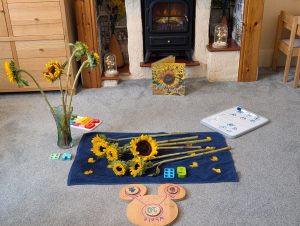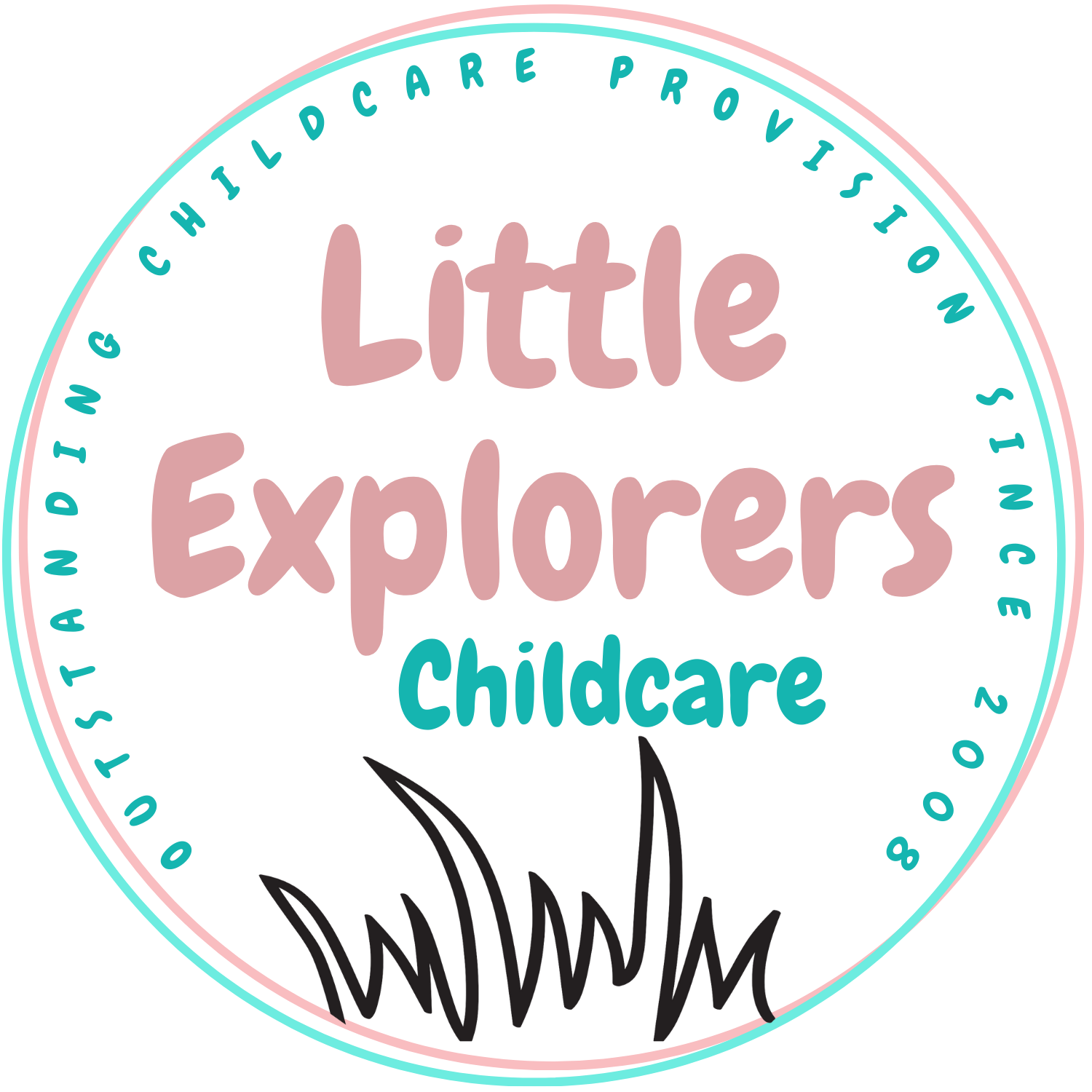- August 11, 2025
- Joanne Hall (Staff)
- 2
At Little Explorers, we are committed to reflective practice, considering how spontaneous interests can grow into meaningful learning opportunities. Last term, a single child’s fascination with shadows developed into a whole day of discovery, weaving together literacy, science, maths, creativity, and social development.
Starting from Curiosity
The experience began when one of our Little Explorers arrived talking about shadows they had noticed. By pausing to follow this interest, we created a shared focus for the group. What started as a simple observation grew into a learning journey that allowed ideas to be introduced, revisited, and explored in new contexts throughout the day.
Shared Reading and Peer Support
We began by exploring the non-fiction book Seed to Sunflower. With older children present for the school holidays, the session became a chance for the younger ones to observe and copy positive learning behaviours. The older children naturally modelled turn-taking, listening, and questioning, which encouraged their younger peers to join in with confidence. This collaborative atmosphere made space for all children to contribute and extend their language.
Making Use of What Was to Hand
Because we happened to have sunflowers in the setting, the book discussion flowed naturally into real-life observation. The children described the flowers’ features, colour, shape, and parts, making connections between abstract ideas and tangible experience. It was a reminder that high-quality environments don’t always need carefully prepared resources; sometimes, the most powerful learning comes from what is already available.
Outdoor Collaboration
In the garden, sunflowers and herbs were set out as a provocation. The children quickly took ownership, working together in the Mud Kitchen to create “Sunflower Soup”, a collaborative play experience rich in imagination, problem-solving, and conversation. Later, the group used the sunflowers to explore how their shadows changed when placed in different spots, sharing ideas about where they might grow best. This sequence showed the depth of child-led learning, where prediction, testing, and discussion all developed through play.
Linking to White Rose Maths
Back indoors, the sunflowers became a bridge into our current White Rose Maths unit. The children explored concepts such as more, fewer, and the same, practised number bonds, and represented ideas practically. Because the activities were rooted in a shared experience, they felt purposeful and memorable, showing how maths can be embedded meaningfully across the day.
Creative Representation
The sunflowers also inspired art and mark-making. Using chalks, paints, and pens, the children represented what they had observed in their own unique ways. This was not simply creative expression but also an opportunity to embed knowledge through observation, fine motor development, and language as they described their work.
Revisiting Ideas
We concluded the day with the Read Write Inc. storybook Shadows. Revisiting the theme allowed children to return to familiar concepts with fresh insight, consolidating their vocabulary and reflecting on the discoveries they had made earlier in the day.
Reflection
This learning story demonstrates the value of being responsive to children’s interests and the importance of creating space for them to lead. By weaving a single spark of curiosity through literacy, outdoor exploration, creative arts, and maths, the children engaged in deep, connected learning. The presence of older children offered a further layer of richness, as their modelling supported younger peers to take part and grow in confidence.
For us, it reinforced the power of flexibility, the benefits of peer influence, and the impact of revisiting ideas in different ways all principles that lie at the heart of excellent early years practice.


“A great foundation for very young children to build upon, leading all the way to GCSE science. This includes testing hypotheses as part of the syllabus, as well as understanding photosynthesis for plant biology and the study of shadows in the GCSE physics syllabus.”
Thank you, Anita. The children loved exploring light and shadows in such a hands-on way. These kinds of investigations build curiosity and problem-solving now, while also giving them ideas and vocabulary they will keep building on right through their school years.